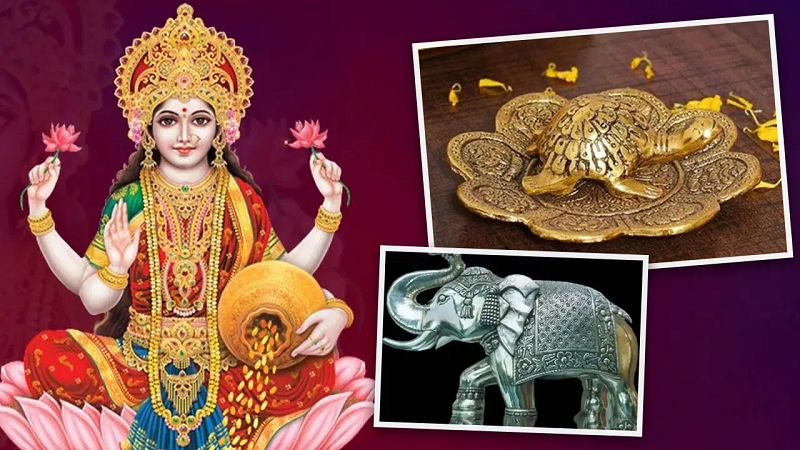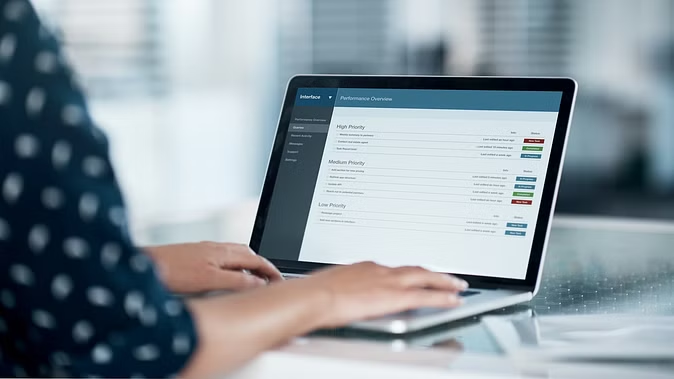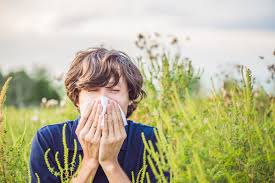
Monsoon Health Tips: Nowadays the problem of migraine has become very common. Due to poor lifestyle, consumption of junk food, not sleeping at the right time, working in front of the laptop for hours, etc., this problem increases further. In migraine, symptoms like pain in one part of the head, heavy eyes, vomiting and dizziness can be felt. Migraine gets worse during the monsoon season due to high pressure in the atmosphere. Along with this, the humidity increases more in this season, due to which the risk of bacterial and fungal infections also increases, which triggers migraine. Apart from this, being allergic to dust also increases the problem of migraine of a person. Migraine pain can be kept under control by a balanced diet, healthy lifestyle.
Stay hydrated
Humidity increases in monsoon, due to which dehydration occurs. That's why maximum water should be drunk in monsoon. One must drink at least eight liters of water a day. Lack of water triggers migraine. Apart from water, you can also consume liquids like juices and soups. However, stay away from any liquids that can trigger your migraine.

Control the indoor environment
Migraine pain does not increase, so it is very important to control the environment inside the house. Use a dehumidifier or air conditioner in the home. This will help control the moisture level, as well as reduce bacterial and fungal infections. At the same time, keep the bathroom and kitchen clean so that there are no bacterial and fungal infections.
Create a routine
Make a routine and follow it so that the pain of migraine does not increase. Sleep at the right time, eat a balanced diet and stay stress free. Making lifestyle changes can help reduce the chances of migraines during the monsoon season.
Identify and avoid triggers
Identify the triggers of migraine in monsoon. After identifying them, make necessary changes in your lifestyle. This may include strong smells, certain foods, which trigger frequent migraines. Be sure to consult your doctor to rule out triggers.
PC Social media










